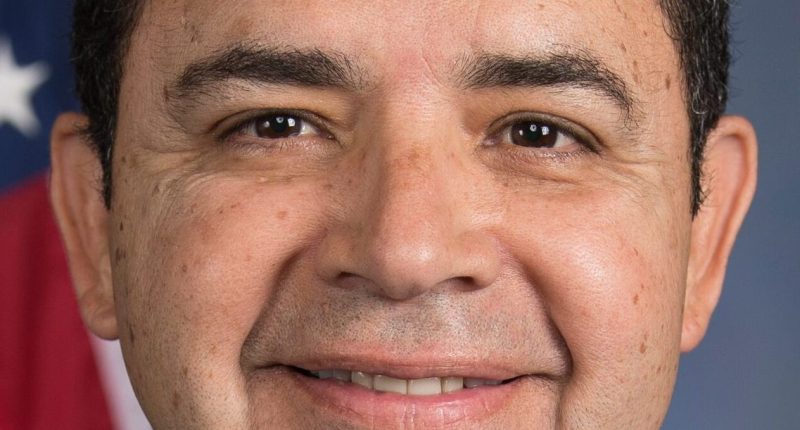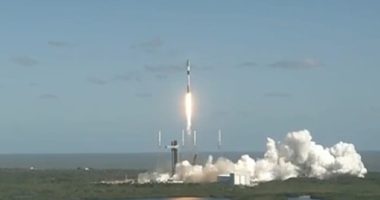Share this @internewscast.com
PHARR, Texas (Border Report) — U.S. Rep. Henry Cuellar, R-Texas, on Wednesday told Border Report that more military zones could be established along the South Texas border, and military Stryker vehicles and soldiers are heading to his hometown of Laredo.

Cuellar, who sits on the House Appropriations Defense Subcommittee, said the military is considering extending military bases to borderlands in Webb, Zapata and Starr counties.
“We specifically asked about my congressional area, which covers Starr, Zapata and Webb County, and on the military zones. You know, they said they’re looking at areas along those areas,” Cuellar told Border Report via phone from the House floor. “The assessment has been done, but no decision has been made. What they’re looking for is, as you know, is they got to find public land.”
Last week, the Air Force announced that 250 miles of federal land in the border counties of Hidalgo and Cameron had been turned over to the military by the International Boundary and Water Commission. The lands now are an extension of Joint Base San Antonio.
In April, two military border zones, known as National Defense Areas, or NDAs, were created in El Paso, Texas and along the entire New Mexico border. A fourth military zone is being established near Yuma, Arizona.
Although no NDA has been established in the Laredo area, Cuellar says about 100 soldiers also are heading there along with 10 Stryker vehicles that should arrive this month.
Army Strykers are eight-wheel, tank-like vehicles that are lighter and more easily deployed, and are capable of rapid movement. The vehicles also have technology to detect drones from Mexico, Cuellar said.
“In my opinion, they’re here to show a show of force along the border,” said Cuellar.
He said the vehicles will be positioned in “high-traffic areas” like El Cenizo and Rio Bravo, southeast of the city.
Cuellar said detecting the thousands of drones that Mexican cartels launch at the border is necessary to border law enforcement operations.
“But one of the things that these units have is they have an ability to look at counter drones. And, as you know, down in the Valley along the border, Laredo, you know, the cartels use drones that fly them up to, you know, monitor the U.S. side. So that’s a practical use of them,” he said. “I did talk to the Border Patrol folks, and they’re saying, ‘Hey, they’re coming here to provide support to us, just like the other soldiers that have been here before.'”
But Cuellar says this bulking up of military might on the border comes as the number of migrants encountered illegally crossing into the United States is at a historic low.
On Wednesday, the Department of Homeland Security announced that during the month of June, U.S. Customs and Border Protection officers had the lowest number of nationwide encounters in the agency’s history.
On the Southwest border, Border Patrol apprehensions were down to 6,070 in June, a 15% decrease from March.
The agency says that on June 28, Border Patrol recorded only 137 apprehensions on the entire Southwest border — the lowest-single-day total in a quarter century, and that for the second consecutive month, there were “zero releases” of those trying to cross into the United States.
“The numbers don’t lie—under President Trump’s leadership, DHS and CBP have shattered records and delivered the most secure border in American history. The world is hearing our message: The border is closed to law breakers,” Homeland Security Secretary Kristi Noem said in a statement. “Under President Trump, our Border Patrol agents are empowered to do their job once again, secure our border and protect the American people.”

South of the border wall near Pharr, Border Report also saw new signs have been placed warning migrants not to try to cross and scale the border wall. The signs, in English and Spanish, warn of the risk of falling from the steel wall, which is 30 feet high in some places.
Sandra Sanchez can be reached at SSanchez@BorderReport.com.











